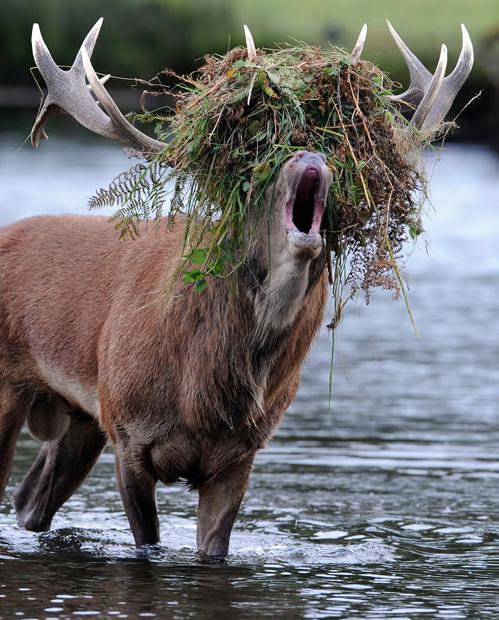Yeah !!
All sprint backlog items are done, and then what?
If you have accomplished all of your tasks before the end of the sprint, there are still a couple of things you can do:
- Refactor your code in order to improve code readability, reusability or structure
- Help prepare the review
- Add details, acceptance tests to user stories
- Write unit tests for non tested existing code
Nope...

What if we did not finish on time?
When sprint goal is not met on time for the review, there are two solutions: Either you postpone the sprint review if everyone agrees or you only showcase the completed user stories. Incomplete user stories will be showcased in an incoming review. You should not present partially developed user stories because the customer will not be able to give proper feedback.





